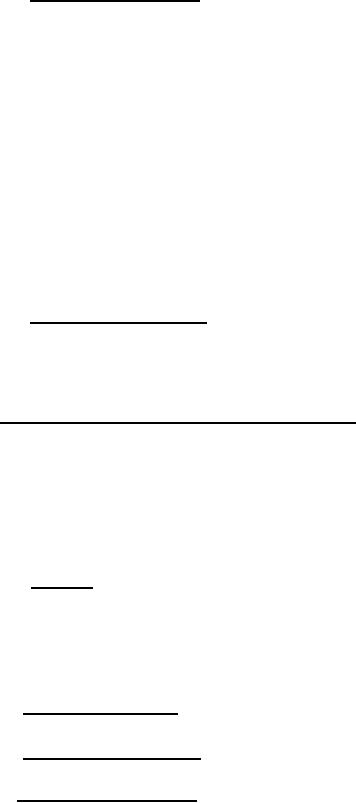 |
|||
|
|
|||
| ||||||||||
|
|  MIL-E-23457B(SHIPS)
4.4.2.9.4 Post shock inspection. After completion of the shock tests the propulsion
#
.
--
unit shall be returned to the supplier for inspection in accordance with MIL-S-901 and as
amplified herein. Upon receipt at the suppliers plant and prior to removal from the
carrier, the unit shall be given a visual examination to assure no damage occured during
transit. The post test inspection shall consist of the following:
(a) Visually examine the complete unit for breakage, distortion, cracks, leaks,
and relative movement between components, housings, major assemblies, and
accessories.
(b) Remove inspection covers and visually examine accessible internal areas for
damage.
(c) Measure and record the crankshaft deflection.
(d) Conduct hydrostatic tests of piping systems and coolers at a gage pressure of
100 lb/in2.
(e) If the examination thus far reveals no damage that would prevent full-power
operation, the engine shall be subjected to the operating tests specified in
4.5.1 and 4.5.2. For this test, the detached accessories shocked with the
engine shall be used. During the test, instruments and controls shall be
checked for damage and accuracy. The engine shall be stopped using the
emergency shut-down device.
(f) Disassemble the unit and examine bearings and moving parts for excessive wear
or damage attributed to shock. The internal surfaces of the block and
housings shall be examined for evidence of shifting, rubbing, momentary
contact of moving parts, and cracks.
4.4.2.9.5 Post shock test report. A detailed report shall be submitted to the command
#
or agency concerned for approval. The report shall include the following:
(a) Results of the examination during and after the tests.
(b) photographs to show damaged parts and evidence of movement of parts.
(c) The suppliers recommendations for design improvement to "shock harden" the
unit.
4.4.2.9.6 Disposition of shock tested proulsion unit. Shock tested units can be
#
.
delivered under a contract or order providing the following requirements are met:
Damage resulting from shock is corrected. The method of correction shall be
(a)
approved by the command or agency concerned.
(b) Bearings shall be replaced where examination reveals obvious but minor damage.
Where major damage to bearings is discovered, redesign corrective action
shall be taken and approved by NAVSEC.
(c) Any design improvements necessary to shock harden are incorporated into the
unit.
(d) The reworked unit passes the duplicate engine tests specified in 4.5.1 and
4.5.2.
4.4.2.9.7 Marking.
Installation drawings covering the unit and detached accessories
#
shall include the following information:
(a) Class of shockproofness.
(b) Reference to shock test reports and approval letter or shock design calcula-
tions and approval letter.
(c) If shock tested, the following additional information shall be included:
(1) Type of mounting fixture used (refer to MIL-S-901).
(2) Equipment class.
4.4.2.10 Crankcase integrity. The crankcase area, as defined in 3.7.5.1, shall be
#
subjected to an internal air gage pressure of 125 lb/in2 without rupture or distortion.
4.4.2.11 Air receiver integrity. The air receiver area, as defined in 3.7.5.3, shall
#
be subjected to an air gage pressure of 125 lb/in2 without rupture or distortion.
4.4.2.12 Explosion relief valve. Explosion valves shall be tested to demonstrate the
#
requirements of 3.7.5.2, 3.7.5.4 and 3.7.5.5. The valve to be tested shall be of the same
design and materials as the valve to be furnished under the contract. The valve shall be
2
mounted on a test tank with a volume available for a gas/air mixture of 1 ft3 per 1.5 in
of relief valve seat area. Lubricating oil may be used to adjust the tank volume. To
simulate actual crankcase and air receiver operating conditions, an oil mist heated to
26
.
|
|
Privacy Statement - Press Release - Copyright Information. - Contact Us |